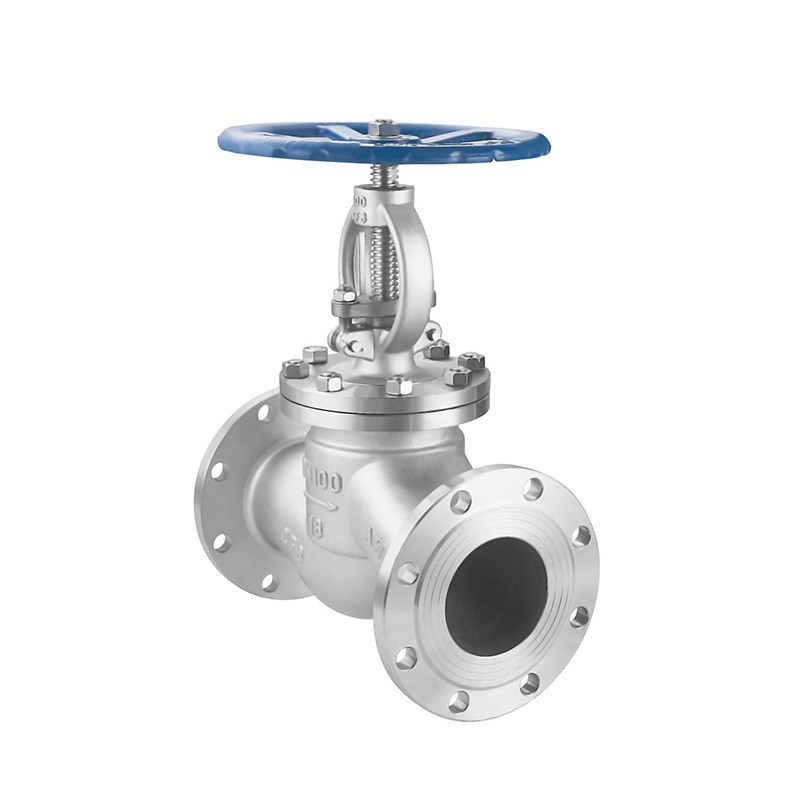Tel : +86-18059296519
Whatsapp : +8618059296519
Email : [email protected]
Check valves play a vital role in fluid systems by permitting flow in one direction while preventing backflow.
When considering installing a check valve, it’s essential to understand the right process.
Installing check valves involves several key steps to ensure optimal performance and prevent issues like water hammer.
From preparing clean pipes to proper valve placement, attachment, and testing, the process varies depending on the valve type.
Read on to learn more.
Check valves play a crucial role in preventing the reversal of fluid or gas flow, ensuring the protection of equipment, and maintaining the integrity of the system.
By halting reverse flow, check valves effectively mitigate water hammer, preventing sudden and damaging pressure surges that can impact piping systems and equipment.
Check valves contribute to environmental safety by containing fluids and gases within designated areas, minimizing the risk of pollution and hazards associated with leaks.
Regulating pressure within systems, check valves release excess pressure when needed to uphold optimal operational conditions.
Functioning as protective barriers, check valves safeguard equipment from damage caused by backflow, preventing burnouts, mix-ups of media, or contamination.
Check valves uphold system efficiency by preventing backflow, preserving smooth operations, and safeguarding overall performance.
Enhancing safety protocols, check valves also prevent cross-contamination and protect personnel from exposure to hazardous materials, which mitigates the risk of explosions or fires.
These multifaceted functions underscore the vital role of check valves across diverse industries, including manufacturing, transportation, and utilities.
To begin installing a check valve, check the following steps to ensure accuracy:
Yes, check valves can be installed vertically, depending on the type. Note that the arrow on the check valve indicates the proper positioning concerning the pipe’s flow; for vertical installations, ensure the flow arrow points upwards.
When installing a check valve, precision and adherence to proper procedures are paramount.
The process of installing a check valve involves careful consideration of its installation position.
This ensures optimal functionality, preventing issues like backflow and water hammer. Proper installation begins with preparation—ensuring pipes are clean and free of debris.
Understanding the check valve installation position, marked by a flow direction arrow, is crucial.
Whether for horizontal or vertical application, the steps involved, from attachment to testing, require attention to detail.
Following manufacturer guidelines guarantees a successful installation, safeguarding the system’s integrity and functionality.
